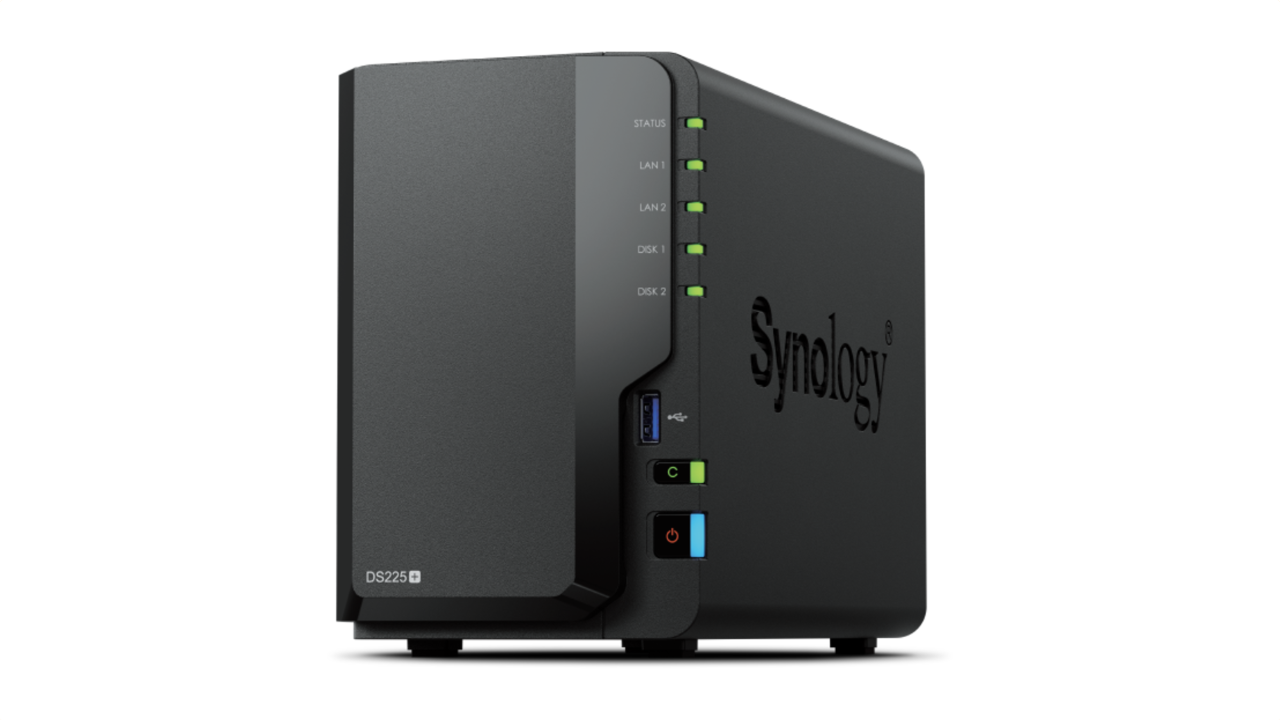For years, chatbots were regarded as a symbol of ‘intelligent’ automation in business. They facilitated customer service, answered simple questions and eased the burden on call centres. Today, however, we are entering a new phase – AI agents are appearing, systems capable not only of talking, but also of actually acting on behalf of the user.
The difference between the two approaches is not down to terminology. It is a fundamental change that will determine whether companies will treat artificial intelligence as a tool or as an autonomous business partner.
Chatbot – a reactive tool
Chatbots have been around for years. Initially, they were simple scripts displaying ready-made answers to questions. Over time, with the development of language models, they gained the ability to generate more flexible statements and handle more scenarios.
However, their essence remains the same – they are reactive systems.
They operate within a well-defined set of tasks: answering questions, helping with simple sales processes, handling a complaint or guiding a customer step-by-step through a form. This is a useful but limited solution.
The chatbot will not go beyond the scenario for which it was designed. It will not take its own initiative or consider the wider context of the situation.
From a business perspective, chatbots act as tools to improve communication and reduce service costs. However, they are not able to change the way an organisation operates.
AI agent – a proactive tool
Against this background, AI agents represent a whole new category. They are systems that can not only talk, but also make decisions and perform tasks.
Unlike chatbots, AI agents do not operate solely on predefined instructions. They combine reasoning, context analysis and autonomy.
An AI agent can be likened to a team member to whom we delegate tasks. It can decide for itself what tools to use and, if necessary, ask a human for data or access.
Importantly, it can respond to stimuli from the environment – for example, receiving an email can trigger a series of actions, such as analysing the content, responding or updating the CRM system.
The difference is best demonstrated by an example from everyday life. When asked for a dinner idea, a chatbot can prepare a list of dishes or suggest a meal order.
The AI agent will take it a step further – it will check what you have in your fridge (if your smart home system provides such data), compare it with your dietary preferences, sync it with your calendar and then place your order in time for delivery to be waiting for you when you get home.
It’s a qualitative difference: the chatbot is the caller, the AI agent is the performer.
Why this difference is crucial for business
From the companies’ point of view, chatbots mean the simple automation of communication. It is an investment that saves money quickly and improves the customer experience, but does not change the fundamentals of the business.
AI agents, on the other hand, are paving the way for process transformation. They can coordinate sales activities, manage logistics, personalise offers in real time or support employees with data analysis.
Their application is not confined to one department – it is potentially a cross-cutting solution that affects the entire organisation.
In practice, then, the difference between a chatbot and an AI agent is the difference between a cosmetic improvement and a strategic change in the way we do business.
Risks and challenges
Of course, greater potential means greater risks. A chatbot will, in the worst case scenario, annoy the customer with an ill-fitting answer.
An AI agent, if it makes the wrong decision, can realistically disrupt a business process – e.g. mistakenly processing orders, sending incorrect information or triggering costs.
Then there are the risks typical of artificial intelligence: hallucinations, lack of transparency in operations, ethical issues and legal liability.
If an AI agent makes a mistake, it is difficult to pinpoint who is responsible – the technology provider, the organisation or the team that oversaw the implementation?
Therefore, before a company decides on AI agents, it must take care of data hygiene, infrastructure and control mechanisms.
Evaluation systems, alerts and quality test suites are needed to catch in time that an agent is not performing as expected.
What this means for CIOs and IT managers
For technology decision-makers, the key distinction is whether an organisation needs simple chatbots or is ready to implement AI agents.
Chatbots will suffice where it is a matter of quickly relieving the team – in customer service, HR or simple sales processes.
AI agents only make sense when a company has the right database, infrastructure and surveillance mechanisms in place. Otherwise, the risks will outweigh the potential benefits.
It is worth starting with pilots to show what processes can be handed over to agents and where the biggest obstacles arise. Implementing too quickly without control can be counterproductive.
The new frontier of automation
Chatbots were the first step in automating human-machine interaction. AI agents represent the next one – a much more challenging one, but one that also carries much more potential. They are not just conversational tools, but digital team members who can act autonomously and interact with the business environment.












